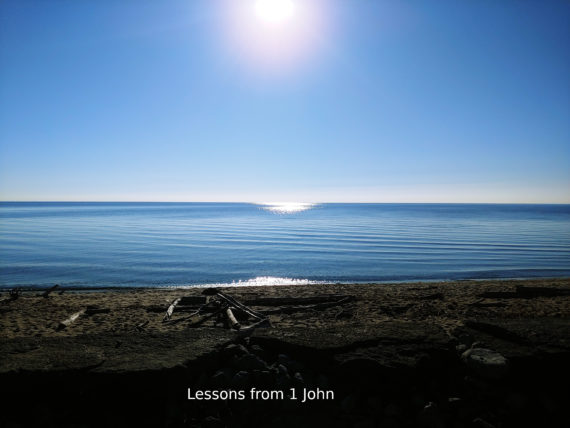This article is the first of 10 drawn from the book of 1 John. These were originally presented as lessons in a Bible class and have been revised for publication. Each article centers on one portion of John’s letter, covering the entirety by the end of the series.
My goal is to highlight many of the teachings and encouragements provided by John as they are all important and continue to guide in matters of doctrine and motivate from day to day.
This first article has two sections:
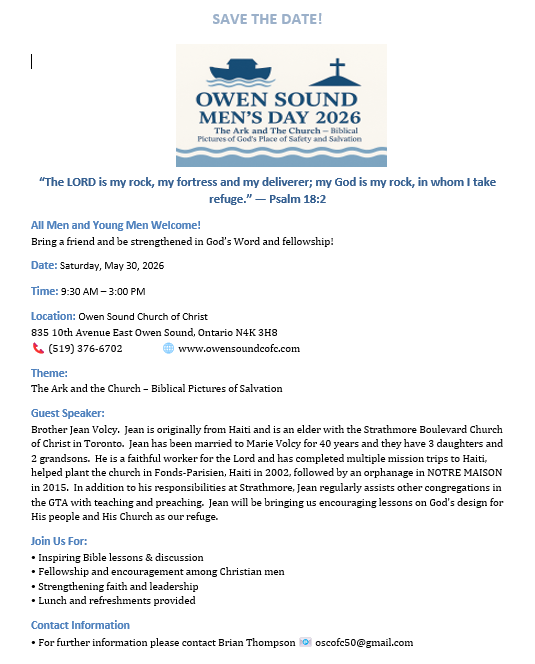

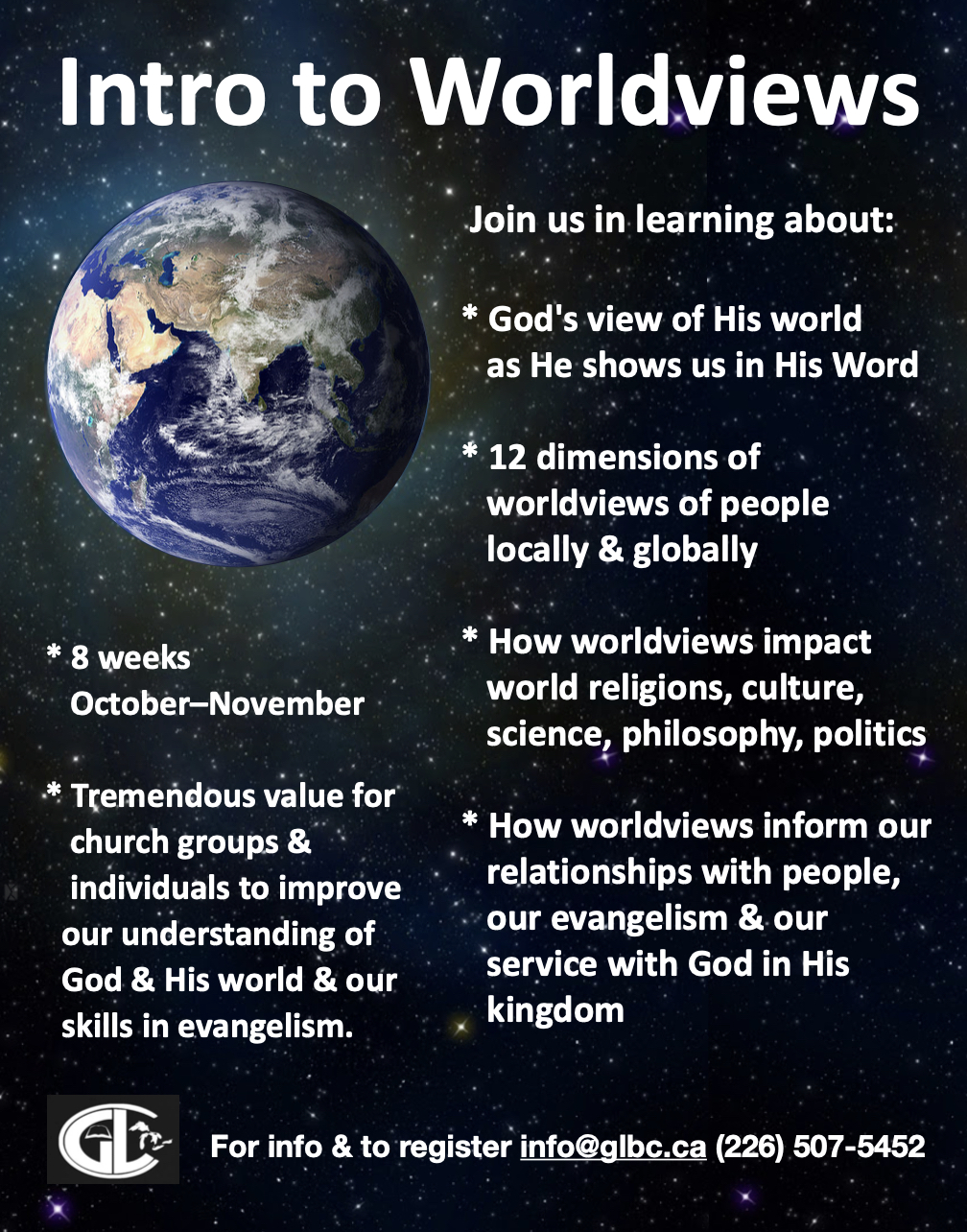
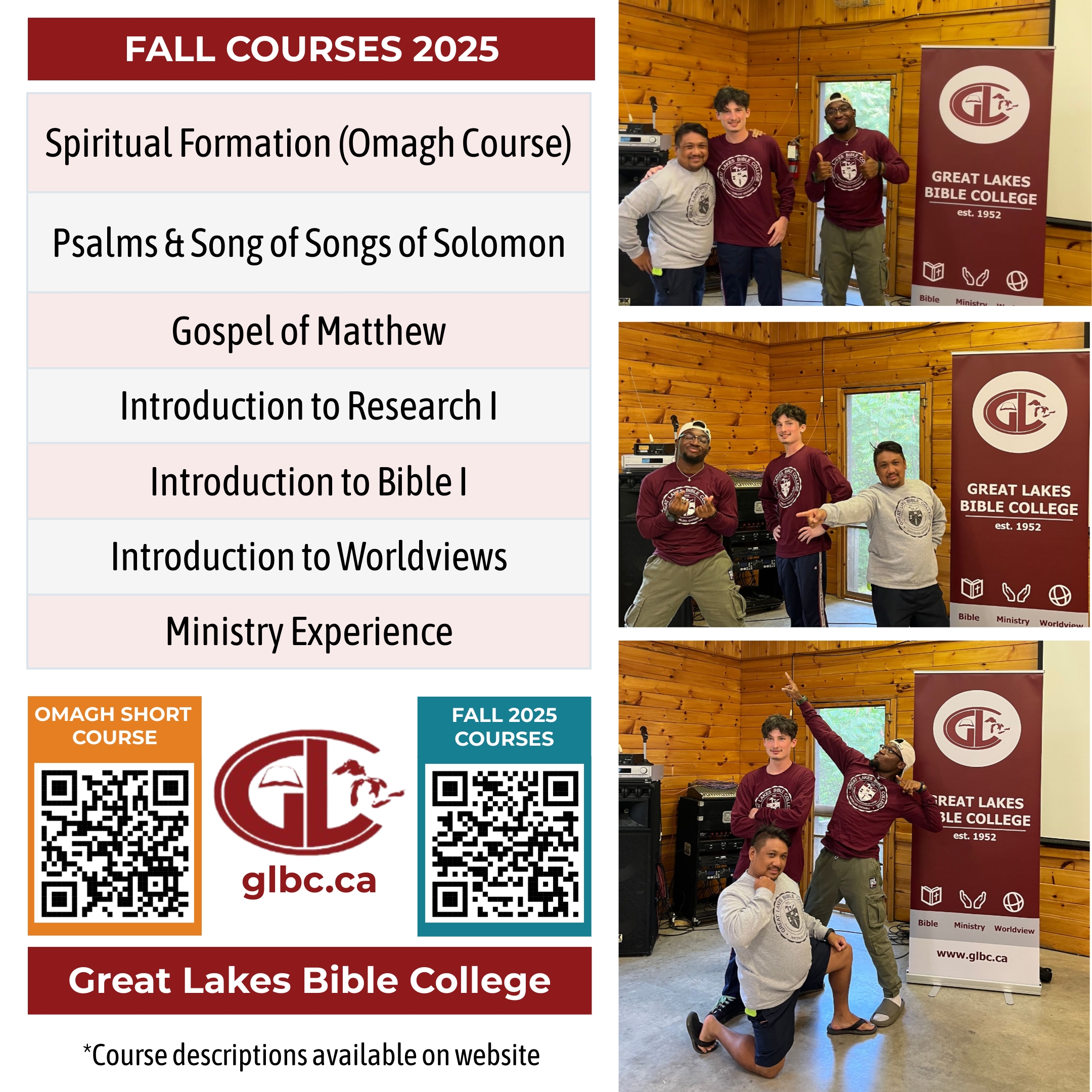

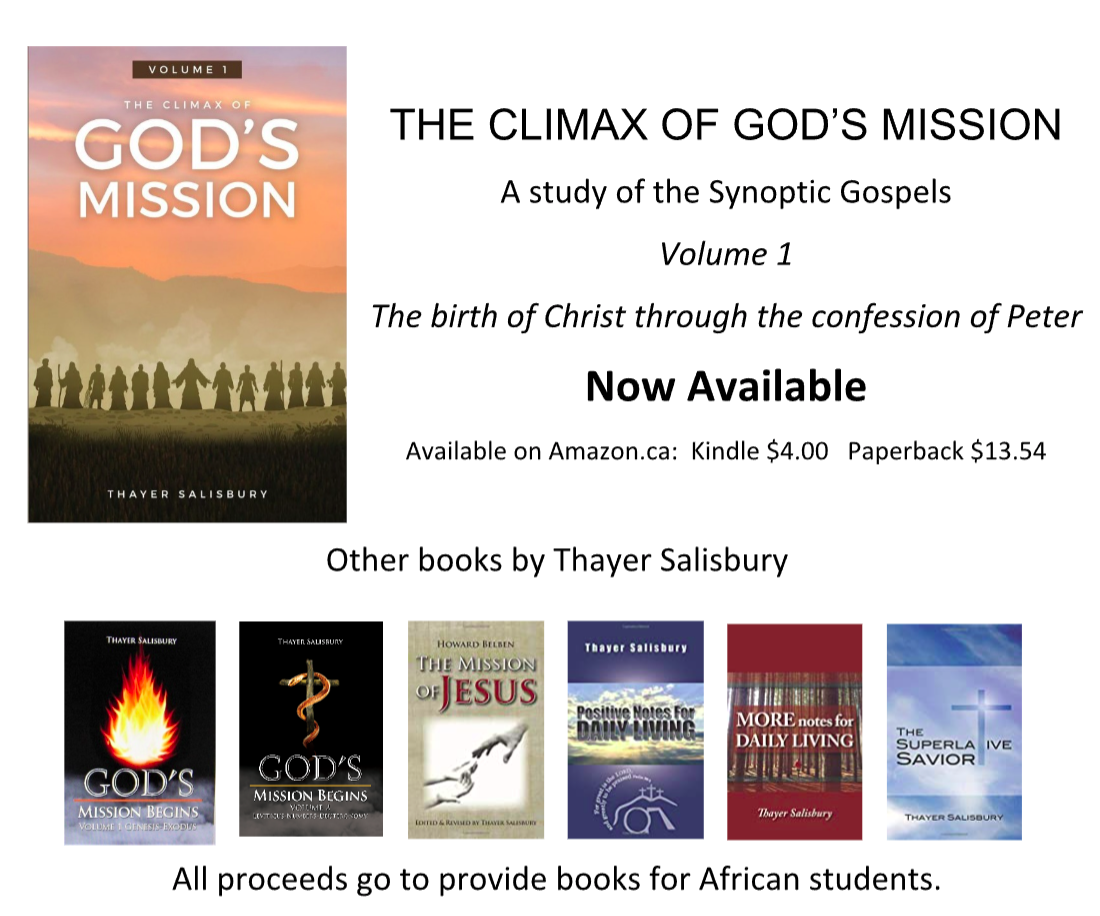


- A short introduction to the letter
- A study of chapter 1:1-2:2
Introduction
This letter is attributed to the apostle John, though no author is mentioned in it (just as no author is mentioned in the gospel of John, nor in 2 John or 3 John.) The writing styles of the gospel of John and I John are very similar: similar Greek (at least this is what Greek scholars say!), along with contrasting images such as light and darkness, or life and death, and similar phrases and expressions.
1:1-4 indicates that the author was an eyewitness of Jesus, which of course John had been. He was originally a fisherman, called by Jesus to be an apostle, and was one of Jesus’ ‘inner circle’ (along with his brother James and with Peter).
The date of John’s writing isn’t known – many estimates place it between 85 and 95 AD, making it 50 or more years after Jesus’ death. At this time, John was quite possibly the last of the apostles.
The letter isn’t addressed to anyone or to any church, perhaps this was a circular letter – just as Revelation was intended for multiple churches. John was writing to Christians – to believers – as we can see from 2:12, 3:1, and 5:13 and other verses.
It is apparent however that John is familiar with his readers and the doctrinal challenges that they face. So while the main occasion for John’s letter isn’t explicitly stated, it it is clear that Gnosticism has been gaining influence and is endangering the faith of John’s readers. We don’t really need to know all about Gnosticism to understand and benefit from 1 John, but it helps us grasp why John writes as he does.
A central teaching of Gnosticism was that Spirit is entirely good, and Matter (including the human body) is entirely evil. For that reason, they can not be in contact with each other. Salvation is not freedom from sin, but takes place when the spirit is freed from the body. Those who come to know this (The Greek word ‘gnosis’ means ‘knowledge’) gain special insight and understanding of the human condition and of its solution. They look forward to the release of divine spark (our spirit) trapped within us, and in the meantime have the advantage of this hidden truth.
As Gnosticism gained influence, it intersected with Apostolic Christianity, and made its presence felt within the church. Christians (and others) embracing Gnosticism denied that Jesus could have been human. Some said that Christ only seemed to have a body, since all matter is evil. Since Jesus was wholly good, he existed only as Spirit, and could not have had a material (evil) body. God could not have become truly human.
Others taught that the divine Christ (Spirit) joined the man Jesus at His baptism and left Him before He died. John’s first letter refutes these teachings in all of their forms.
Now the belief that the body is bad, led some to treat it harshly. They embraced asceticism to suppress evil and free the spirit to pursue godliness. Some took the opposite approach. Since the body is evil, a little more won’t make any difference. And since the body and spirit are completely separate, we can sin to our heart’s content and keep our spirits pure.
These were the ideas and practices making inroads into some churches at the time that John wrote. They were being merged with Christian beliefs in an early form of syncretism – that threatened to undo the truth of gospel and this was destroying Christian faith.
Therefore, John had two goals in mind as he wrote:
- The first was to expose and refute false teachers (2:26).
- And the second was to assure believers that their faith was true and their salvation was assured. (5:13)
1 John 1:1-2:2
John begins by affirming that Jesus was a real person.
John was an eyewitness, a ‘hand-witness’ and an ‘ear-witness’. He saw, he touched, and heard Jesus first-hand. And what he knew in this way, he proclaimed to his readers and to us, namely, that the one who was eternal Spirit, added humanity to his deity. He was fully human – God in the flesh. Therefore, Gnosticism is false.
God has made common cause with us. The principle is that God could not redeem what he had not first become.
The Hebrew writer puts it this way:
“Therefore, since the children share in flesh and blood, He Himself likewise also partook of the same, so that through death He might destroy the one who has the power of death, that is, the devil, and free those who through fear of death were subject to slavery all their lives. For clearly He does not give help to angels, but He gives help to the descendants of Abraham.”
God did not become an angel to save angels. He became a man to save Mankind. When God became a man, he made it clear that sinfulness is not built into our humanity. He became a man and remained God. As our redeemer, we have fellowship with Him and through Him, with each other (1:3).
The apostle John along with the other apostles knew this firsthand. And they have passed this knowledge on to us. There is nothing lacking in our faith or the certainty with which we may hold it. This knowledge is from God and revealed through Jesus. It is foundational and complete. Nothing can be added to it to make it ‘better’, and nothing can be taken away from it.
The gospel reveals that we have sinned. This is true of every one of us with the exception of Jesus. But sin is a choice. It is not a design fault, put there by a lesser god. And since sin is a choice, we have ‘own’ the responsibility for it. We cannot blame God or in some other way, escape our guilt. John says this explicitly in (1:8). In order for God’s truth to remain in us, we have to admit our sins and turn to God for salvation.
This knowledge is common among those who have accepted the gospel. There is no esoteric knowledge held by a select few. We are sinners, saved by God’s grace which is made possible by the sacrifice of Jesus. Confession of sin and repentance is a prerequisite to forgiveness (1:9). And, forgiveness is only possible because of Jesus Christ. The sacrifice of Jesus not only forgives our sins, but is valuable enough to forgive the sins of the whole world.
When we slip up from time to time (not intentionally and habitually), Jesus is our ‘lawyer’. He is the son of the judge! He knows us, because He was one of us, having overcome all of the same temptations. Hebrews 4:15-16 tells us this and more so that we can draw near with confidence to the throne of grace, to receive mercy and find grace to help in time of need (NASB). John repeats this thought in 1 John 2:1 assuring us that when we so sin, Jesus is our advocate with the Father.
As God’s children, we are to walk in the light, and not in the darkness (1:7). God is Light and in Him there is no darkness at all.
- The God who has made us is entirely good. There is no flaw in him – to pass on to those whom he has created.
- To have fellowship with Him means that we need to walk in the light (1:6-7).
- Walking in the light exposes the deeds of darkness. Walking implies continual actions intentionally taken.
- We are not to continue in sin, but to strive to practice the truth, living as Jesus lived. So for example, if we know the right thing to do, but consciously and with forethought reject it, then we are still walking in darkness.
- The apostle Paul also describes life in Christ as walking in the light in Ephesians 5:6-13. We were formerly darkness, but now are Light in the Lord; walk as children of Light (NASB).
We conclude then that body and Spirit are combined in us, and do not function as separate entities. The things that we do, we do as a whole person. We do not function as component parts, but as whole people. Our spirit – which drives our actions – when focused on God, will make good decisions about what we should do. Jesus spoke to this in Matthew 15:16-20.
Summary
From this first chapter, we learn:
- We have eyewitness accounts of Jesus – God in the flesh, and yet righteous.
- We know what we need for salvation – it has been openly declared and is freely available
- What we do with our bodies matters. We have all sinned and need forgiveness.
- Those who have been saved continue to be forgiven if we confess our sins and in repentance ask to be forgiven.
- Jesus is our advocate when we sin. At the same time, we are to strive to walk in the light – to know God’s will for us and to follow it.
- We are whole entities – God designed us to be spirit and flesh united – and the spirit drives our actions.
- We have fellowship with each other and with the Father and with His Son, Jesus the Christ.
Kitchener ON

